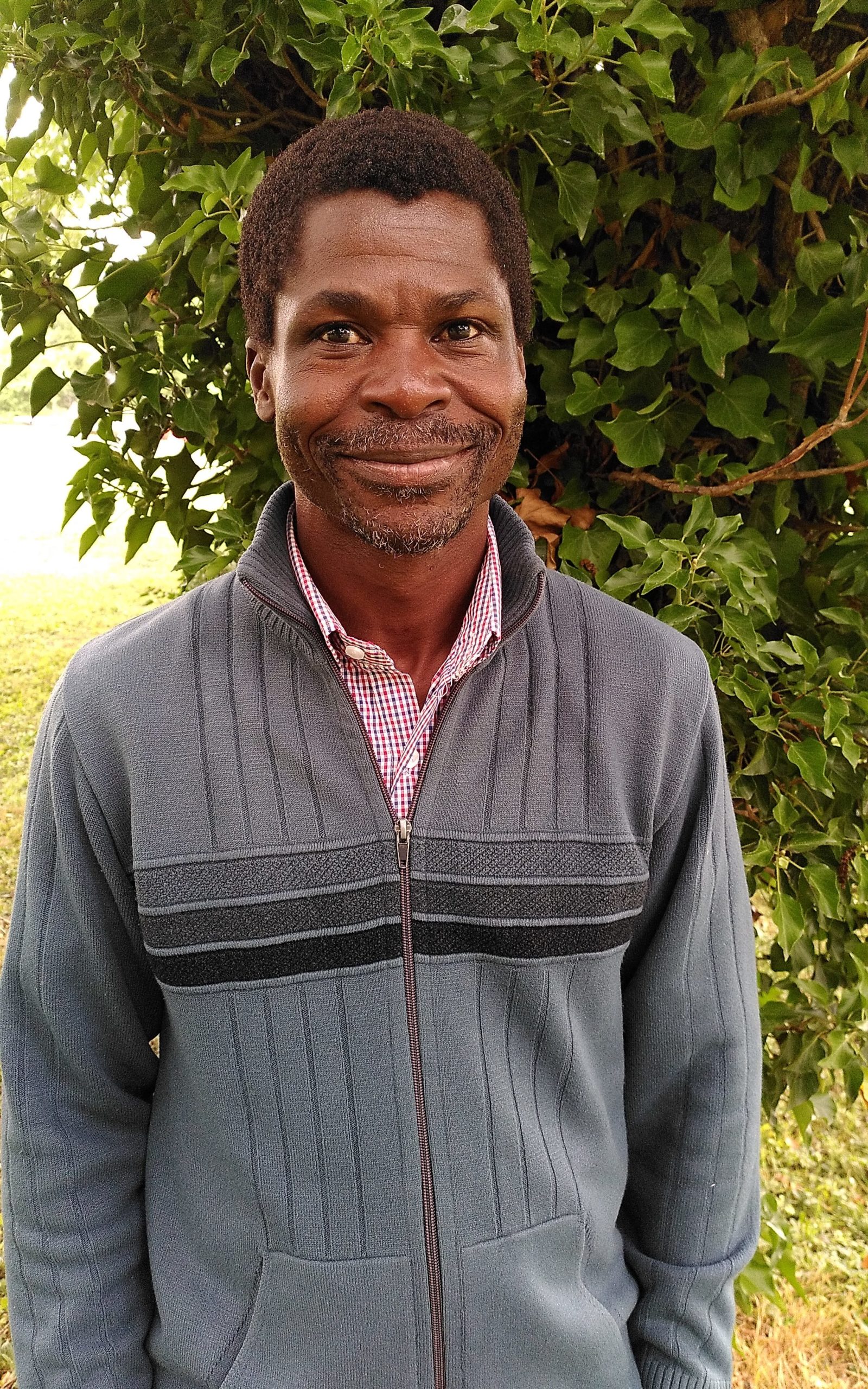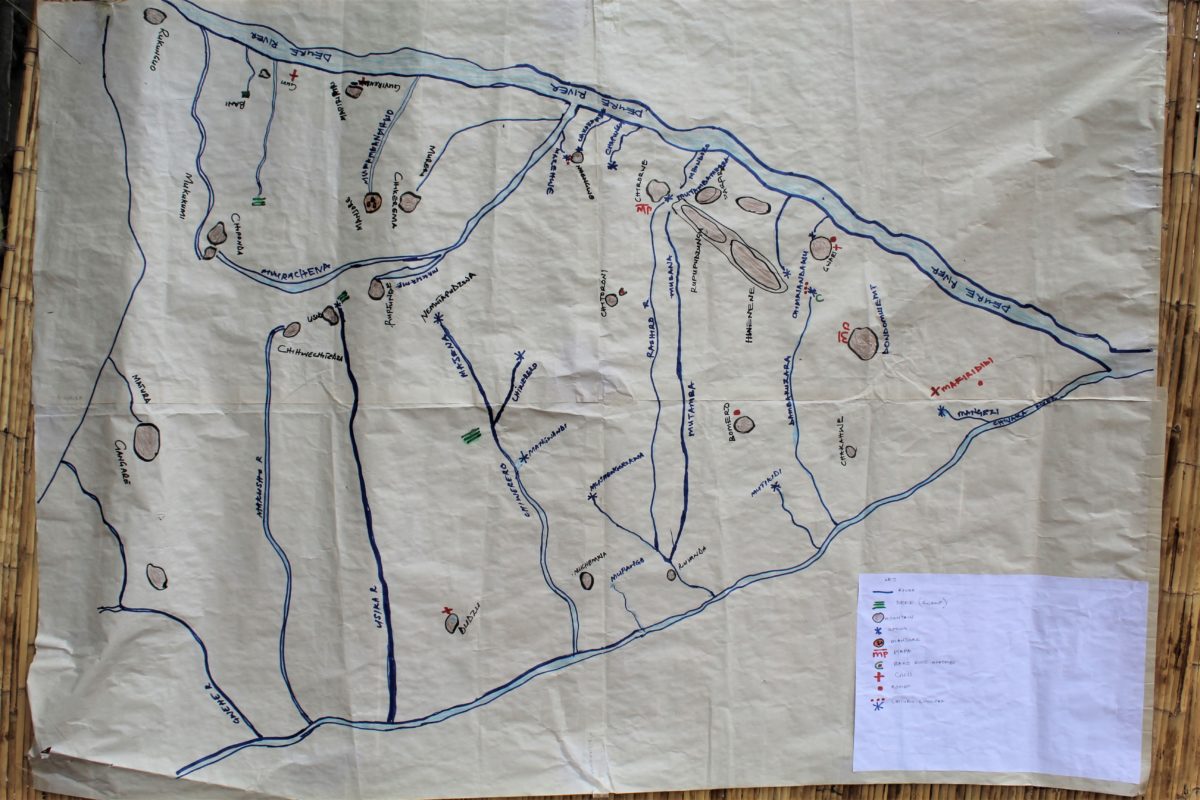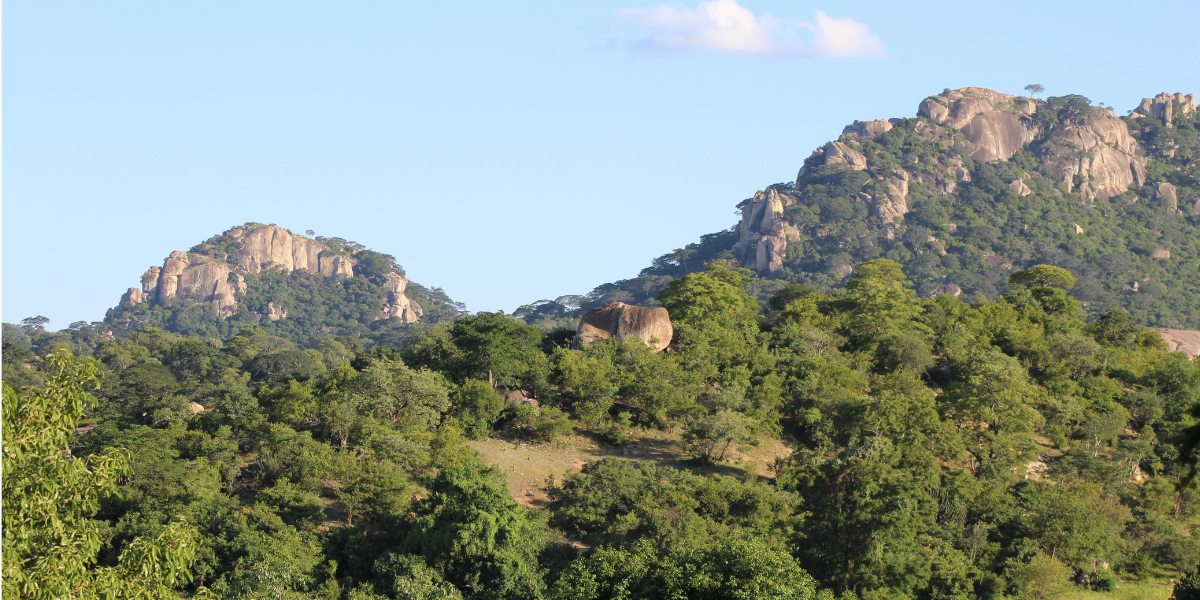How do we hold the course for a just and sustainable society? That was the red thread that ran through the 2nd edition of the “Forum International pour le Bien Vivre” (the international forum for well-being) that was held in Grenoble, France in June 2022. At the Forum, various actors (civil society organisations, academics, elected representatives, economic actors and committed citizens) came together to build on the success of the 1st edition in 2018 and to further deepen exchanges on key questions related to well-being. CIDSE was invited by CCFD-Terre Solidaire, its French member organisation and co-organiser of the Forum, to participate in this event.
During the Forum, CIDSE’s Campaign Officer, Giorgio Gotra, got the chance to speak to Method Gundidza, Director of the EarthLore Foundation in South Africa and partner of CCFD-Terre Solidaire, about his journey of reconnecting to nature and his understanding of well-being.
Born in Zimbabwe, Method works passionately on the resurgence of traditional seeds, traditional agricultural practices, indigenous knowledge and sacred natural sites. Through the work of the EarthLore Foundation, he accompanies rural communities, especially women, on a journey to revive their traditional ecological knowledge and practices, seed diversity, farming and governance systems. This knowledge and these practices are essential for navigating climate change and defending their land against growing threats from mining and industrial exploitation. Method attended the first edition of the Forum in 2018 and was happy to be back this year to represent the EarthLore Foundation and to share his experiences in different workshops and sessions.

At the Forum, the concept of well-being has a central place. What does this concept mean to you?
There are many concepts of well-being. For me, in our context, we speak of Ubuntu, for example. It is about how we can live peacefully with ourselves, the land, the cosmos, and other living beings. As human beings, we have become lonely. We have restricted our circle of friendship only to people and yet, we have so many other friends that we could share life with, like trees, rivers, and animals. These are all part of the living community and they are our friends as well.
So, how can we be in peace with the whole life community in such a way that we also find that peace ourselves? In my own experience, our economic activity in its current form (i.e. rushing, working, going to shops) sucks energy. You must keep investing energy to be in that system. For me, well-being is to reduce that to how we find that balance to feel calm and relaxed.
It speaks once more to the work that our foundation EarthLore does around reviving biodiversity. Our work around the whole spectrum of biodiversity is to bring more friends to life. As we enjoy the food that we grow, we also enjoy the companionship of the plants in our gardens, the bees that come to pollinate and the birds with whom we share the seeds. Where I come from, for example, we have done a lot of work to revive millet. In this process, we learnt about certain bird species that we had long forgotten about, they came back because the conditions were conducive. They are part of our memory and of our community. When they come back, we notice it. Well-being is linked to that in some way.
Could you tell me a bit more about your own journey in reconnecting to nature?
The living library session here at the Forum reminded me of what we call our elders: we call them “our library”. They tell us things that we are not taught in school. They tell us about the local understanding of the ecology, the structure, the water and the land. They tell us about the connection between us, who are living, and those who are beneath the soil.
When I joined the Earthlore Foundation, something was triggered in me. I participated in various activities that involved elders and listening to them. This prompted me to go on a personal journey to reconnect with my elders and to really start the journey to learn from them. So, as I currently live in South Africa, I went back to Zimbabwe quite regularly to talk to them about this understanding that the ‘land is the ancestor’, for example. In our place, when we are greeting the traditional chief, we say that we are greeting the soil. We consider that he is the custodian of the land on behalf of those who have gone and those who are living, and we see the chief as being the soil. When we perform a ritual, we take tobacco, put it on the ground and say: ‘I am giving them, and I also take’. The rituals we perform connect us to them. We use tobacco for this, but in other cosmologies they use water. In Benin, for example, the elder takes water and then he scatters it. This shows the connection between you and the soil, like a medium of connection. There is a way to create a community between the living and the dead, to communicate with and talk to each other. If they give signs, how do you listen to them? In the same manner as the elders teach me how to read from the land: what does the land say? If it is spring, for example, the time that starts from late August (depending on the nature of the seasons), the elders would say: “look at what the trees say, look at what the birds say when they sing? Are they telling us it is time to perform rituals”? So, this constant presence and communication with everybody around us, not just with humans, is the journey that I have gone on to learn more about ecology from an indigenous perspective.
Where are you now in your journey?
My journey started in 2014 and it is still ongoing. Now that I am really in it and I understand a bit more, I would say that it has really begun. Because the context is much clearer for me now than it was in the past. I have just come back from a trip to Zimbabwe and we were doing what we call an ecological mapping. This is done by the elders, it is not done by ‘educated’ people (meaning by those who had a school education and are literate). The ecological map indicates the boundaries of a particular chief and, within those boundaries what ecological features are found there e.g., the springs and wetlands. It also indicates where you find which animals, which trees, which fruits, which mountains and then the patterns of the mountains in relation to the rivers and the wetlands. The elders draw all this. It is a collective effort where the elders are telling the youth.
For example, you might find that a certain university is built on a wetland. But somehow when there is a cyclone, it will show in the way that the water will be settling and moving, and the elders can remember that. They can say ‘where that person is settling now or moving now’ is a former wetland. When the rains come, you can see it.
We work with the ecology of the area, so we start to remember what was planted in the past and where. What kinds of fruits did you have and where did they come from? If we then support the community with agroecology trainings or we plant trees, we are doing it in the context of how the land is ordered, not just anyhow. Through the methodology of the community dialogues, we sit around with the community (young, old, middle aged) and we challenge them to look at the territory: what are they observing? What are the issues? From there, we pick certain connections and follow them. This might lead into another dialogue. So, the issues come from them.

Are you welcoming other people in this journey? Did you inspire other people?
I came to France mid-June and travelled to the Lorraine region where CCFD-Terre Solidaire organised a learning exchange visit with people from that region. They had already visited us in South Africa and we went through some experiences together: emerging processes in nature, spending the night in the forest, including exercises to connect ourselves in a deep way. One of the participants surprised and inspired me. We had met in 2019 in Zambia, where she had participated in a few processes of connecting, which were really powerful for her. Once back in France, she mobilised a group of people who started going to the forest together to spend time in nature. She told me how she had now started her own journey with a group of other people in the region. During the learning exchange visit in France, we went through nature experiences again together and were co-facilitating to keep inspiring the group. Now she wants to start facilitating nature experiential processes with groups in the Lorraine region and Switzerland.
In our organisation, we have got this concept of “back to the roots” where each team member should be doing something in their own community and we support all those who think it is possible to do this in their own areas. This is a way of spreading out.
Our organisation is small, only 6 team members, and we have some contact with people/volunteers in the communities, but we are also part of other networks – e.g. the African Earth Jurisprudence collective, which connects us with people and organisations in Kenya, Uganda, Benin, Ethiopia who do similar work. These are all promoting the “back to the roots” methodology. We are also a close family member of the Gaia Foundation, an NGO based in the UK who works a lot with NGOs in Africa who do similar work as us. We are also a founding member of the Seed & Knowledge Initiative and the African Biodiversity network, and work with partner organisations from the South, Central, West, East and North of Africa, promoting own local seeds, which are resilient and nutritional, and how to bring biodiversity back into our fields and our landscapes.
More info:
- Interested in learning more about the EarthLore Foundation, check out their website: http://earthlorefoundation.org/
- CIDSE member, CCFD Terre Solidaire, recently also published an audio blog about how Method Gundidza came to work with the EarthLore Foundation and how this led him to begin a long process of reviving stories from ancestral times and indigenous knowledge (available in French).
Photo credits: Method Gundidza.

